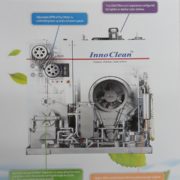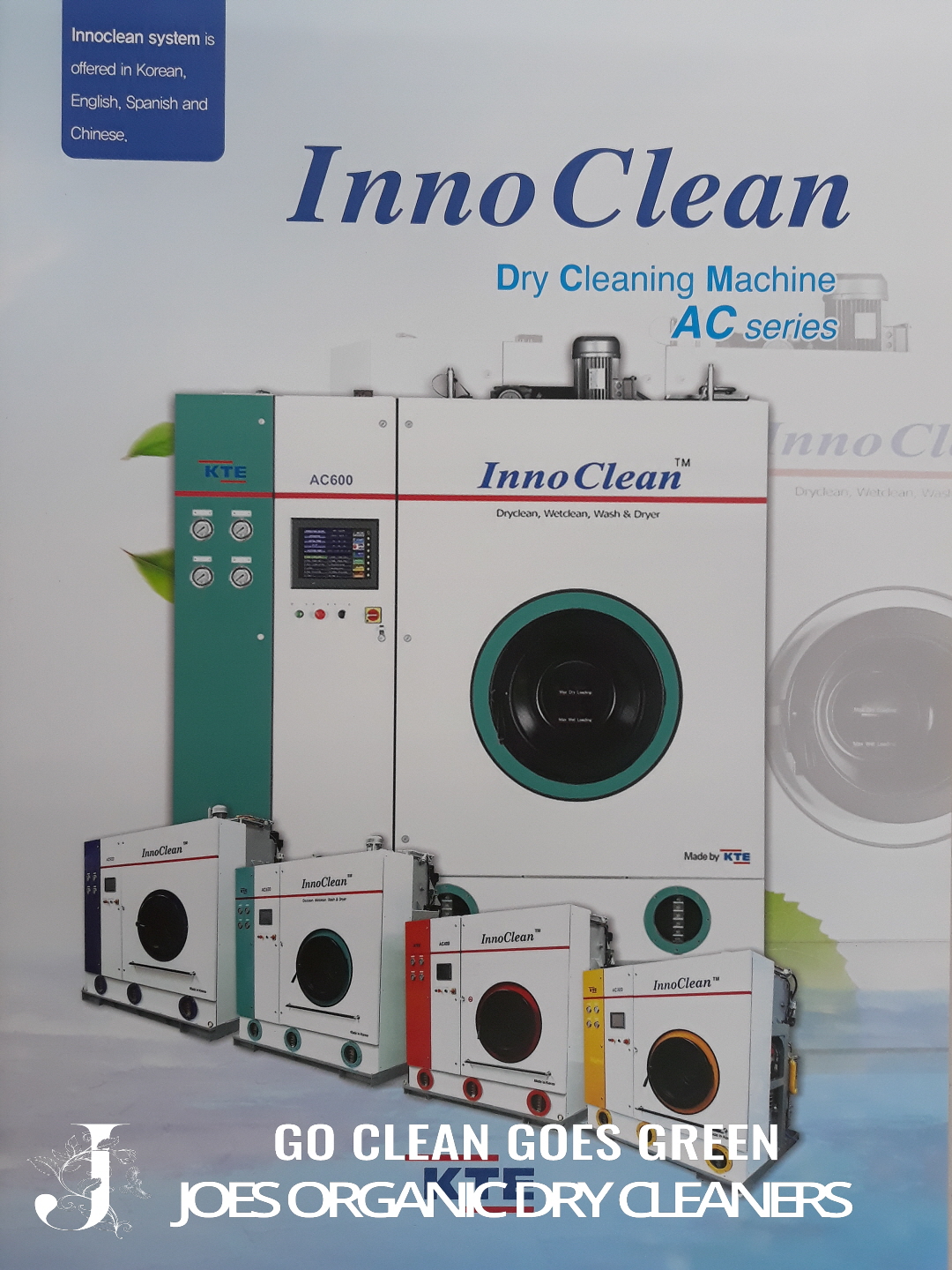It might be time!
Last Time You Washed Your Blanket? It Might Be Time!
-
When was the last time you washed your blanket? It might be time!
There’s nothing better than curling up on the couch with a cozy blanket and your furry best friend for a movie marathon. But when was the last time you actually washed that blanket? If you can’t remember, don’t worry—you’re not alone! Most people don’t wash their blankets as often as they should.How often should you wash a blanket?
How often you wash your blanket depends on usage, fabric type, and household factors.
- If only adults use it and there are no pets, once every three months is fine.
- If kids, pets, or food spills are involved, wash it monthly or as needed.
- Wool and cashmere blankets require dry cleaning, so once or twice a year is enough.
Spilled red wine? Take it to the dry cleaners immediately! Wool naturally resists stains, meaning it can go longer between washes. On the other hand, cotton or microfiber blankets can be washed regularly with other laundry.
How to wash a blanket
The most important thing: Always follow the care label instructions.
- Machine-washable blankets: Use cold water and a gentle cycle.
- Knit blankets: Place them in a mesh laundry bag and lay them flat to dry.
- Cotton blankets: Air dry or use a low-heat setting in the dryer.
By following these simple tips, you can keep your favorite blanket fresh and cozy!
¿Cuándo fue la última vez que lavaste tu manta? Puede que ya sea hora.
No hay nada mejor que acurrucarse con una manta suave y tu mascota en el sofá para una maratón de películas. Pero, ¿recuerdas la última vez que la lavaste? Si no lo recuerdas, no te preocupes, ¡no eres el único! Muchas personas no lavan sus mantas tan seguido como deberían.
¿Con qué frecuencia se debe lavar una manta?
La frecuencia de lavado depende del uso, el material y quién la usa en casa.
- Si solo los adultos la usan y no hay mascotas, cada 3 meses está bien.
- Si hay niños o mascotas, cada mes o con más frecuencia si es necesario.
- Las mantas de lana o cachemira deben limpiarse en seco y una o dos veces al año es suficiente.
Si derramas vino o comida, llévala a la tintorería de inmediato. La lana repele las manchas, por lo que no necesita lavarse con frecuencia. Sin embargo, las mantas de algodón o microfibra pueden lavarse regularmente con el resto de la ropa.
Cómo lavar una manta
Lo más importante es seguir las instrucciones de la etiqueta.
- Mantas aptas para lavadora: Usa agua fría y un ciclo suave.
- Mantas tejidas: Lávalas en una bolsa de malla y sécalas extendidas en una superficie plana.
- Mantas de algodón: Déjalas secar al aire o en secadora con calor bajo.
마지막으로 담요를 세탁한 게 언제인가요? 이제 때가 된 것 같아요.
포근한 담요를 덮고 반려동물과 함께 소파에 앉아 영화 마라톤을 즐기는 것보다 더 좋은 건 없죠. 그런데 마지막으로 그 담요를 세탁한 게 언제였나요? 기억이 잘 안 난다면 걱정 마세요. 많은 사람들이 담요를 충분히 자주 세탁하지 않습니다.
담요는 얼마나 자주 세탁해야 하나요?
담요 세탁 빈도는 사용 빈도, 소재, 집안 환경에 따라 다릅니다.
- 반려동물이 없고 성인만 사용하는 경우 3개월마다 한 번이면 충분합니다.
- 반려동물이나 아이가 있는 경우 한 달에 한 번 세탁하는 것이 좋습니다.
- 울이나 캐시미어 담요는 드라이클리닝을 해야 하므로 일 년에 한두 번이면 됩니다.
와인이나 음식 얼룩이 묻었다면? 바로 세탁소에 맡기세요! 울 소재는 먼지와 기름을 잘 흡수하지 않아 세탁 주기가 길어도 괜찮습니다. 반면, 면이나 마이크로파이버 소재는 다른 세탁물과 함께 자주 세탁하면 됩니다.
담요 세탁 방법
무엇보다도 세탁 라벨의 관리 지침을 따르는 것이 가장 중요합니다.
- 세탁기 사용 가능 담요: 차가운 물과 부드러운 모드로 세탁하세요.
- 니트 담요: 메시 세탁망에 넣고 세탁 후 평평하게 눕혀서 말리세요.
- 면 담요: 걸어서 말리거나, 건조기에서 낮은 온도로 건조하세요.

















